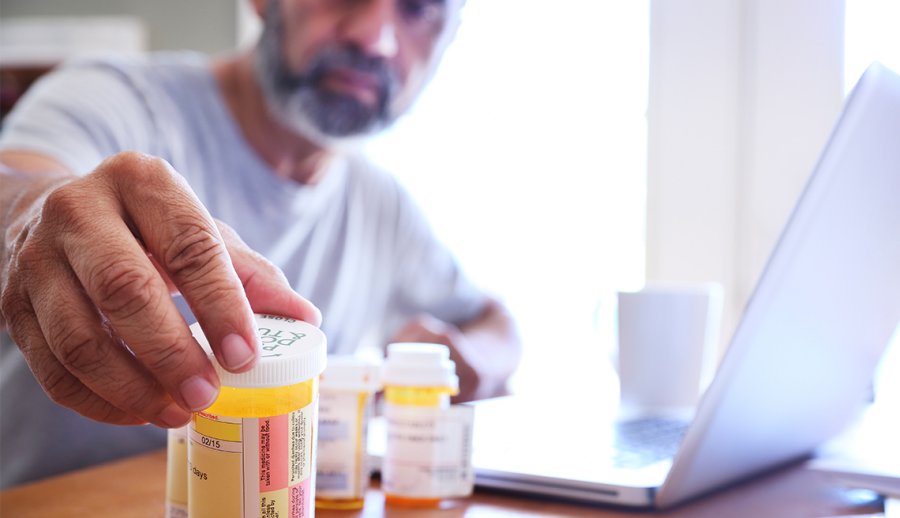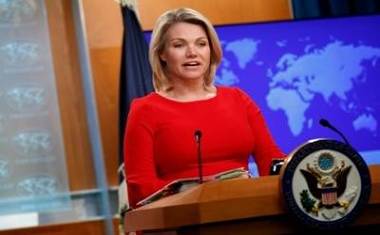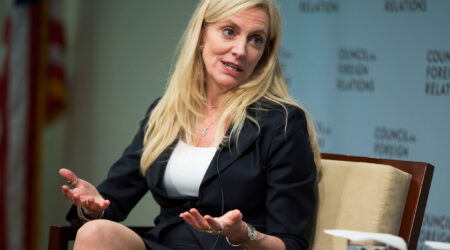Washington, DC: In 2020, retail prices for 260 widely used brand name prescription drugs increased more than twice as fast as general inflation, rising 2.9% compared to an inflation rate of 1.3%, according to a new report from AARP’s Public Policy Institute (PPI). The average annual cost for one brand name medication used on a regular basis was over $6,600, more than $1,500 higher than in 2015. For the typical older American taking 4-5 prescription drugs per month, the annual cost of therapy would have been more than $31,000 last year, far more than the $26,000 average annual income for Medicare beneficiaries.
“It’s inexcusable that even during a pandemic and financial crisis, brand name drug companies continued to increase their prices so much faster than the prices of other goods and services,” said Debra Whitman, Executive Vice President and Chief Public Policy Officer at AARP. “No one should be forced to choose between paying their bills and paying for the medicine they need to stay healthy. Our leaders need to take action now to lower drug prices.”
Although 2020 had the slowest average annual price increase since at least 2006, it was still more than twice the rate of inflation and followed several years with considerably higher average annual price increases.
Between 2015 and 2020, the retail prices of several widely used prescription drugs used to treat diabetes increased, such as Victoza, which increased from $7,936 per year in 2015 to $11,300 in 2020, and Trulicity, which increased from $6,567 to $9,323 over the same time period.
Medications for asthma and COPD also continued climbing in costs, such as Spiriva Handihaler, which increased from $3,886 per year in 2015 to $5,289 per year in 2020, and Symbicort, which increased from $3,391 to $4,282 over the same time period.
Drug price increases also play a major role in Medicare Part D spending. A second AARP PPI analysis found that, between 2015 and 2019, Medicare Part D spent nearly $40 billion more on 50 top brand name drugs that was solely attributable to drug price increases that exceeded inflation. Medicare Part D spending for the top 50 drugs would have totaled $250.8 billion over the study period—instead of $289.1 billion—if price changes had been limited to the rate of general inflation.
“On average, nearly 90% of the top 50 brand name drugs had annual price increases that exceeded the corresponding rate of inflation from 2015 through 2019,” said Leigh Purvis, Director Health Care Costs and Access, AARP Public Policy Institute, and co-author of the reports.
AARP is the nation’s largest nonprofit, nonpartisan organization dedicated to empowering people 50 and older. With nearly 38 million members, AARP strengthens communities and advocates for what matters most to families: health security, financial stability and personal fulfillment.











